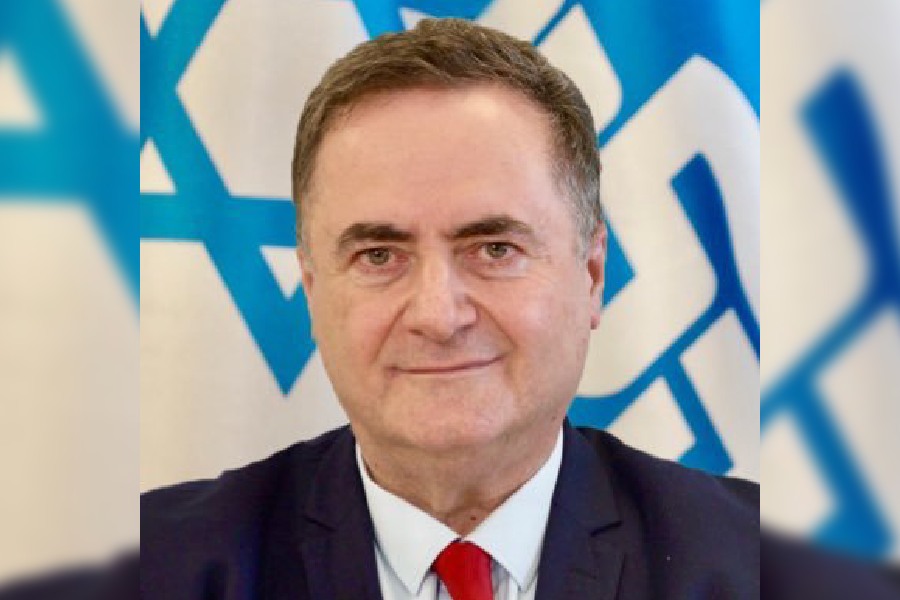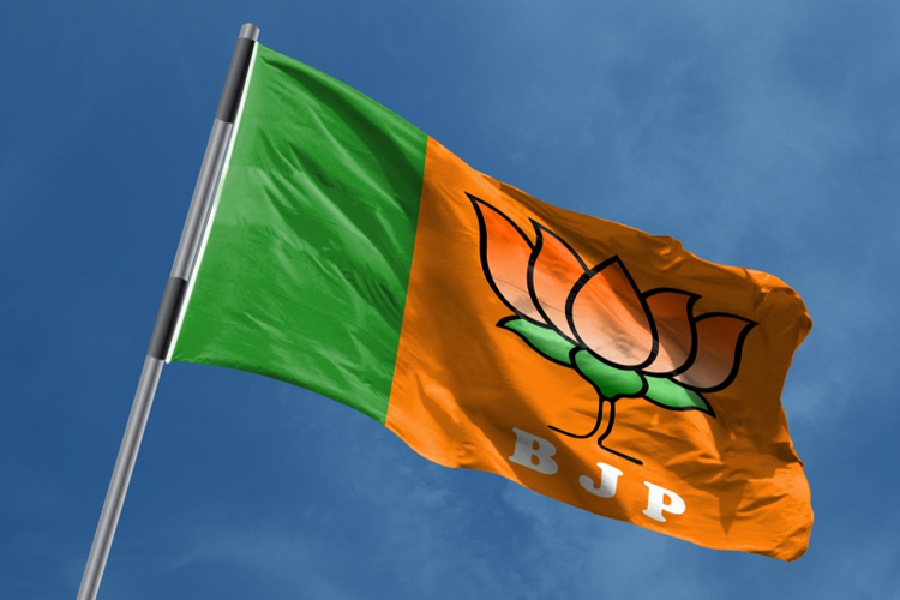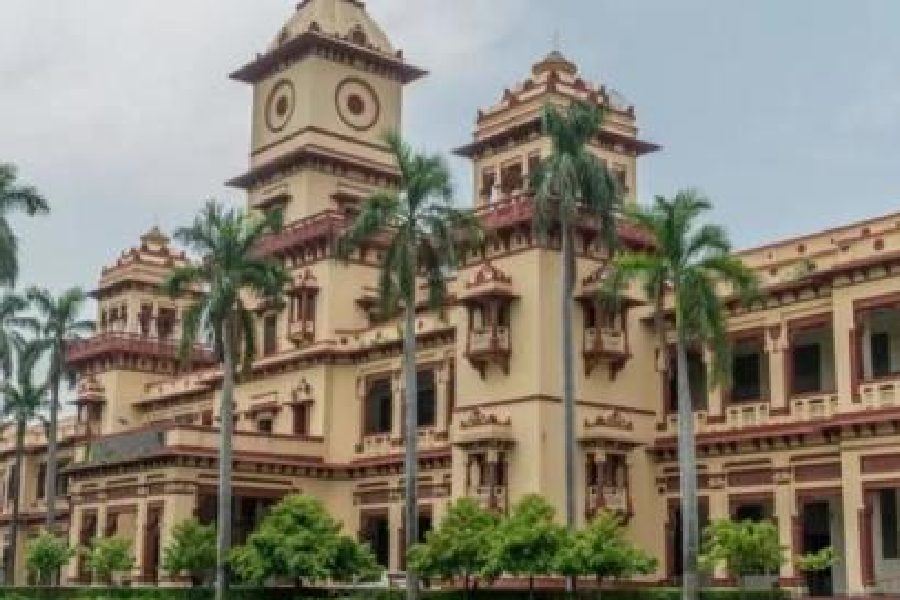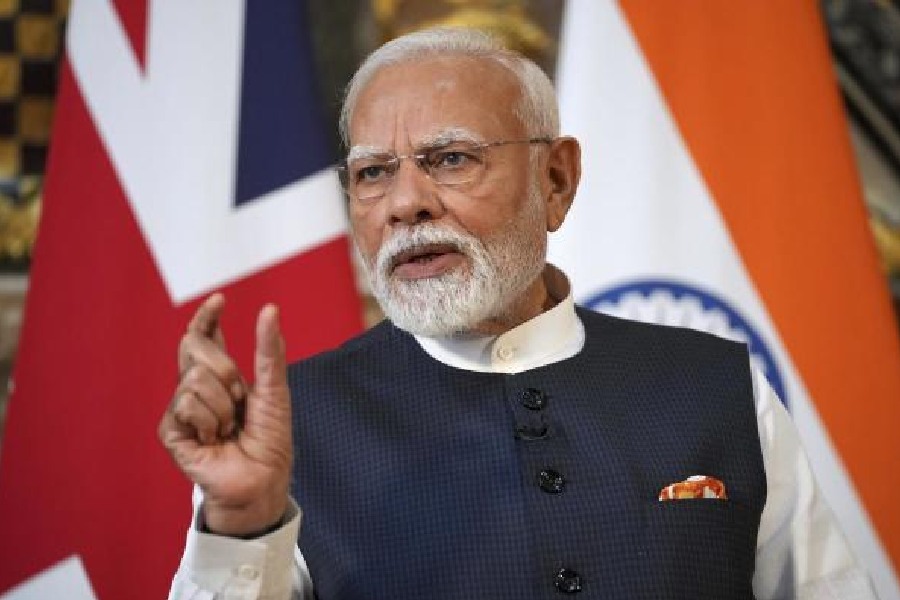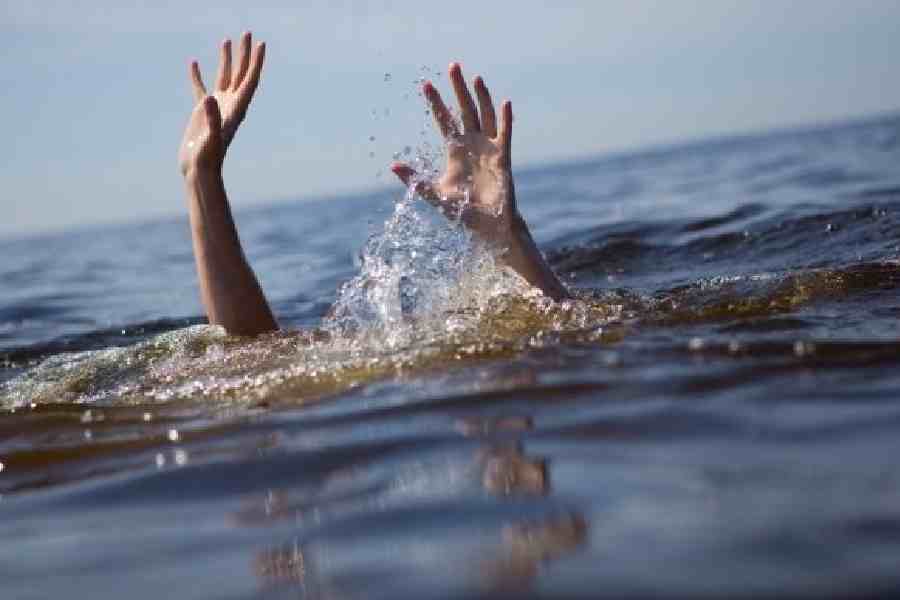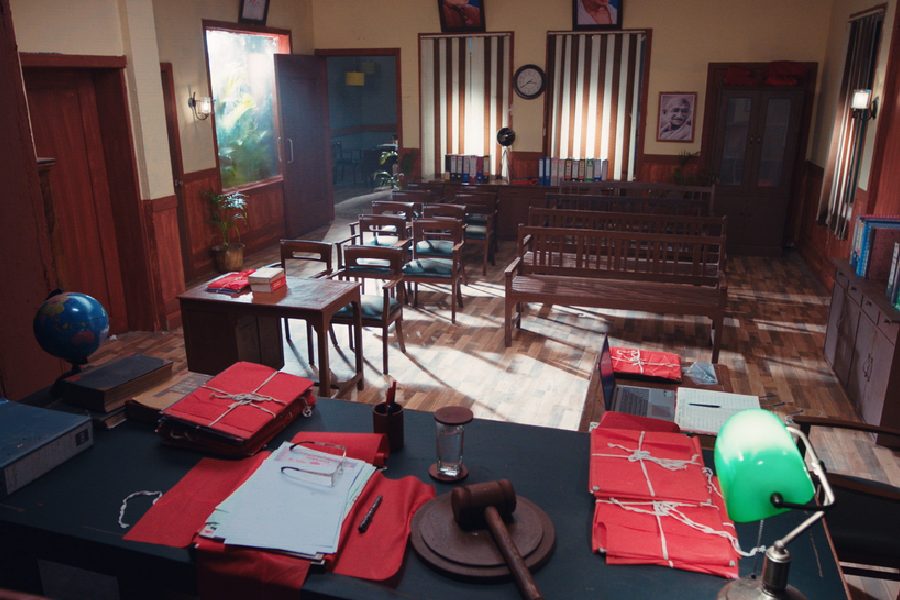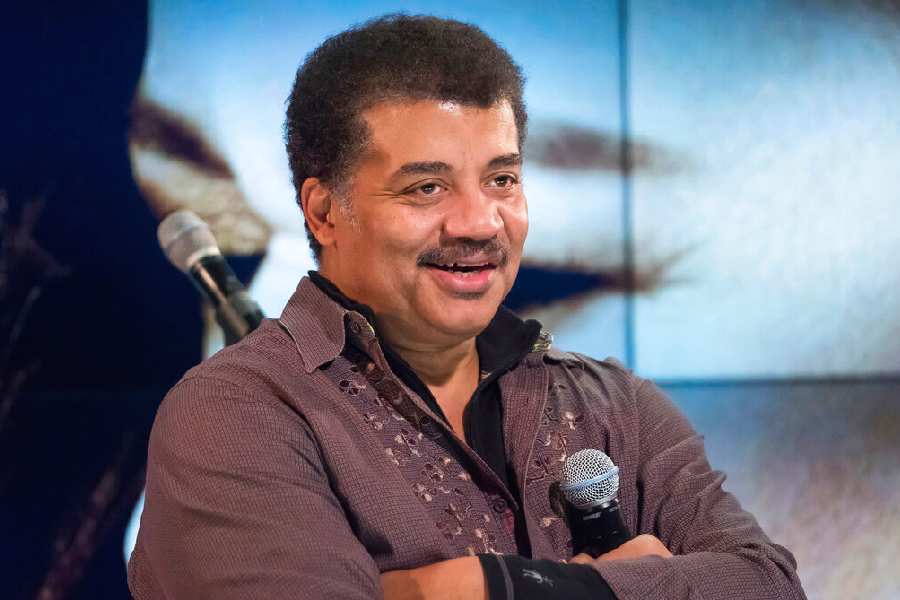 |
 |
 |
 |
| PAINTER PRINCE: (From top) A portrait of Raja Ravi Varma by his sister Mangalabai Tampuratty; a painting of the maharaja of Travancore welcoming British officials; Lady with Jewels and Maharashtrian Lady with Fruits |
It’s not often that a painter — or rather his paintings — gets dragged to court more than 100 years after his death. But great master Raja Ravi Varma is in the midst of a legal battle. A descendant believes that at least 12 of his paintings are missing — and wants an answer from a state-run gallery in Kerala.
On July 14, a writ petition was admitted in the Kerala High Court alleging that some of the painter’s works were missing from the Sri Chitra Art Gallery in Thiruvananthapuram. It also deplored the condition in which his works were displayed at the gallery, which comes under the state museums and zoo department.
The paintings were given on a “permanent loan” by the Kilimanur Palace — where Ravi Varma was born in 1848, more than 70 years ago — in accordance with the wishes of the painter. Also on display at the gallery are at least five other Ravi Varma paintings that were commissioned by the maharaja of Travancore in the 1890s for the gallery, which belonged to the maharaja before it was taken over by the state government.
According to the writ petition filed by Archana Narayanan, who describes herself as Ravi Varma’s great great grandniece, Kilimanur Palace has hand-written records that say at least 75 original paintings by the artist were handed over to Sri Chitralayam — as the art gallery was earlier known — between 1935 and 1940. But the gallery’s records show it has only 63 paintings in its custody. While 43 of them are on display at Sri Chitra, nine paintings are exhibited at another government museum in Kozhikode. One is on loan to the governor’s house and 10 have been kept in storage for want of space.
So where are the remaining paintings? No one seems to know.
P. Vijayakumari Amma, acting director of the museums and zoo department, doesn’t believe any paintings are missing. Kilimanur Palace does not have the names of paintings that were handed over during the reign of the last maharaja of Travancore, Sri Chitra Thirunal, after whom the gallery was named. The maharaja, who died in 1991, was Ravi Varma’s great grandnephew.
Narayanan, an advocate, says she is going by notes recorded by the head of the Kilimanur family when the paintings were loaned. She says the paintings were taken to Sri Chitralayam in several batches, based on requests placed by the then art advisor of the maharaja, J.H. Cousins. Each time, the Kilimanur family head had made a mention of the number of paintings the palace had parted with, she says.
What is curious, however, is that there is no record of paintings received by the Chitralayam. The earliest record available with the present-day Sri Chitra Art Gallery is from 1970, 35-40 years after the arrival of paintings at the gallery. The art gallery officials say the stock currently in their custody tallies with the 1970 register. Earlier records are not available with the state archives department either.
Some believe that the missing paintings may have been taken away by people close to the Travancore royal family before the formation of the Kerala state. Narayanan fears that some may have changed hands and could be with private collectors now.
In her book, Raja Ravi Varma: Painter of Colonial India, published this year, art restorer Rupika Chawla mentions two paintings that Ravi Varma carried to Kilimanur for the purpose of putting them up in an art gallery for which he had initiated talks with the Travancore authorities. These paintings — Maharashtrian Lady and Maharashtrian Lady with Fruits — are not in the Sri Chitra Art Gallery. The first is on display at the National Gallery of Modern Arts (NGMA) in New Delhi and the second at Thiruvananthapuram’s Kowdiar Palace, which belongs to the Travancore royal family.
NGMA director Rajeev Lochan says he has no idea how the painting landed there, stressing that it has been at NGMA for over 50 years. However, there are no records to suggest that these two paintings were indeed handed over to Sri Chitralayam.
“We strongly suspect that some of the paintings given to Sri Chitralayam may be in private collections. Only a thorough enquiry can bring the truth out,” says Biju Rama Varma, who is the joint secretary of the Kilimanur Palace Trust. “The paintings given to the art gallery for public viewing cannot be diverted to a private collection.”
The mystery deepens because Chawla’s book also mentions that members of Raja Ravi Varma’s family also took away some of his paintings from Kilimanur. “There were other paintings in their collection,” says Chawla, referring to Ravi Varma and his brother Raja Raja Varma, also an accomplished painter. But these paintings can no longer be accounted for, and they were presumably taken by family members after Ravi Varma’s death in 1906, she writes in her book. “These paintings have never been seen and the subjects of these works are unknown, making it impossible to locate them.”
The missing paintings bring up the issue of cataloguing works, which art experts have been crying themselves hoarse over the last many years. In India, which has a flourishing industry of fakes, cataloguing an artist’s work is one way of weeding out duplicates — and keeping the work for posterity.
“In an ideal condition, all these paintings should be registered. But the rules are not in black and white,” says Chawla. “Many who own them do not want to reveal that they have original Ravi Varma paintings as they could be stolen. In some other cases, owners may not know the paintings they own are original works as the art may have been with them for generations.”
Ravi Varma’s work has been declared a national treasure under The Antiquities and Art Treasures Act of 1972, which means they cannot be exported or auctioned abroad. But, as Narayanan states in her petition, the government has not registered his works. K.K. Mohanan Pillai, director of archaeology, Kerala, agrees that the works should have been recorded but can’t explain why they weren’t.
Archaeological Survey of India director Urmila Sant says the law demands the registration of all works that have been declared art treasure. But government art galleries are exempted from registering such art works.
In the case of Ravi Varma, a renewed interest in his works, which were once derided as “calendar art”, has triggered a great demand for his rare paintings. “Whether you like him or not, Ravi Varma singularly shaped the popular visual culture of Indians,” says Delhi-based artist A. Ramachandran.
His works today command a high price in the art market. In 2008, a painting which depicted the maharaja of Travancore welcoming British officials was bought by Neville Tuli of Osian’s Connoisseurs of Art Pvt. Ltd for Rs 4.6 crore at a London auction. About two months ago, Sita in Ashoka Grove was sold by a Mathura-based private collector for Rs 6 crore. The worth of the missing paintings cannot be assessed because nothing is known of them — from the size to the subject.
Along with the missing paintings, the petition has expressed concern about the state of the works on display at the gallery. “There have been several reports in the recent past about poor maintenance of the paintings,” says Narayanan. “Our queries about the condition of the paintings have rarely elicited any response from the authorities,” she says.
J. Sasikumar, an artist who made a documentary film on the life and work of Ravi Varma in the 1980s, agrees. “These paintings are exposed to sunlight and no measures have been taken to regulate the temperature of the gallery,” says Sasikumar, who runs a private art gallery in Thiruvananthapuram. As an example of successive governments’ indifferent attitude to the celebrated painter, Sasikumar points out that the promise of a Raja Ravi Varma Gallery is still to be fulfilled.
“In 1992, the then state culture minister, T.M. Jacob, laid a foundation stone for building a dedicated art gallery for Ravi Varma. But no work has been undertaken,” he says.
The Kilimanur Palace has also requested the government to give back a few Ravi Varma paintings to it so that they can be displayed at the refurbished Ravi Varma studio in the palace. At a cost of Rs 30 lakh, the state government recently renovated the studio and living quarters of the artist.
Some years ago, the government had declared the part of the palace used by Ravi Varma a protected monument. Kilimanur Palace, located on a 16-acre compound about 40km from Thiruvananthapuram, is still inhabited by Ravi Varma’s extended family, and run by a trust of which all living family members are members. The protected monument is a part of this campus, and the money for its upkeep is provided by the government.
“We get a large number of visitors every year who come to see the place Ravi Varma was born in,” says Rama Varma, adding that many visitors are disappointed when they find that it doesn’t have any of his original works on display. Currently, the studio has three reproductions of Ravi Varma’s works. “That is precisely why we have requested the government to keep at least a few original works in the studio,” he says. However, they are yet to hear from the government.
Paintings adorning the house where he was born would be one way of keeping Ravi Varma’s legacy alive, his family believes. And as for the missing paintings, the mystery is just unfolding.


